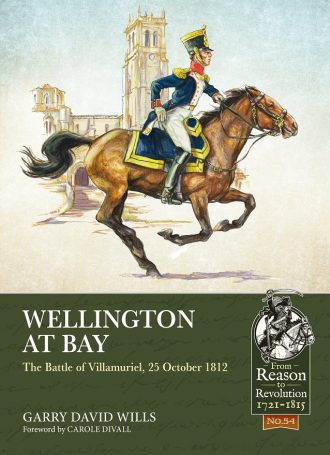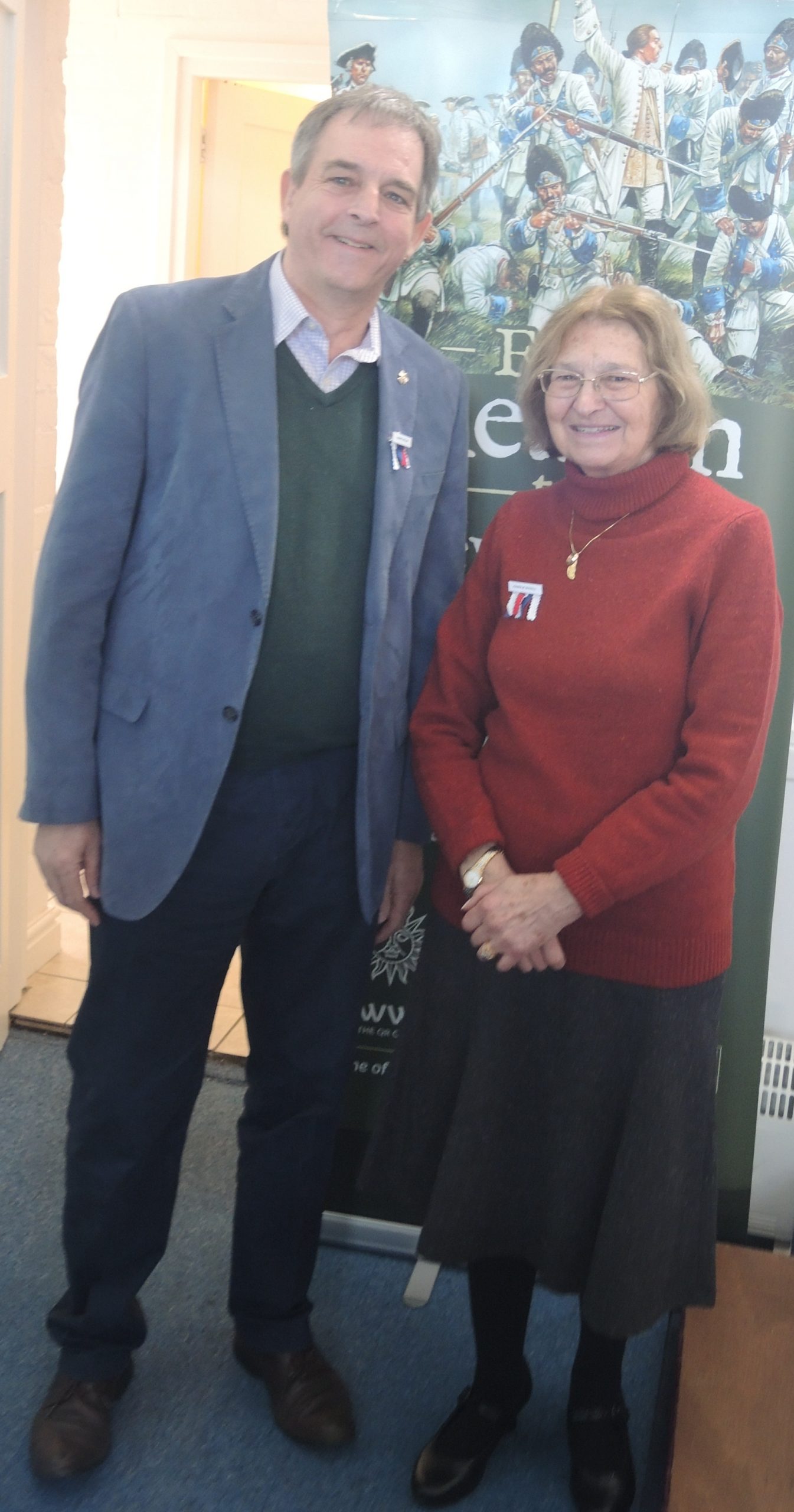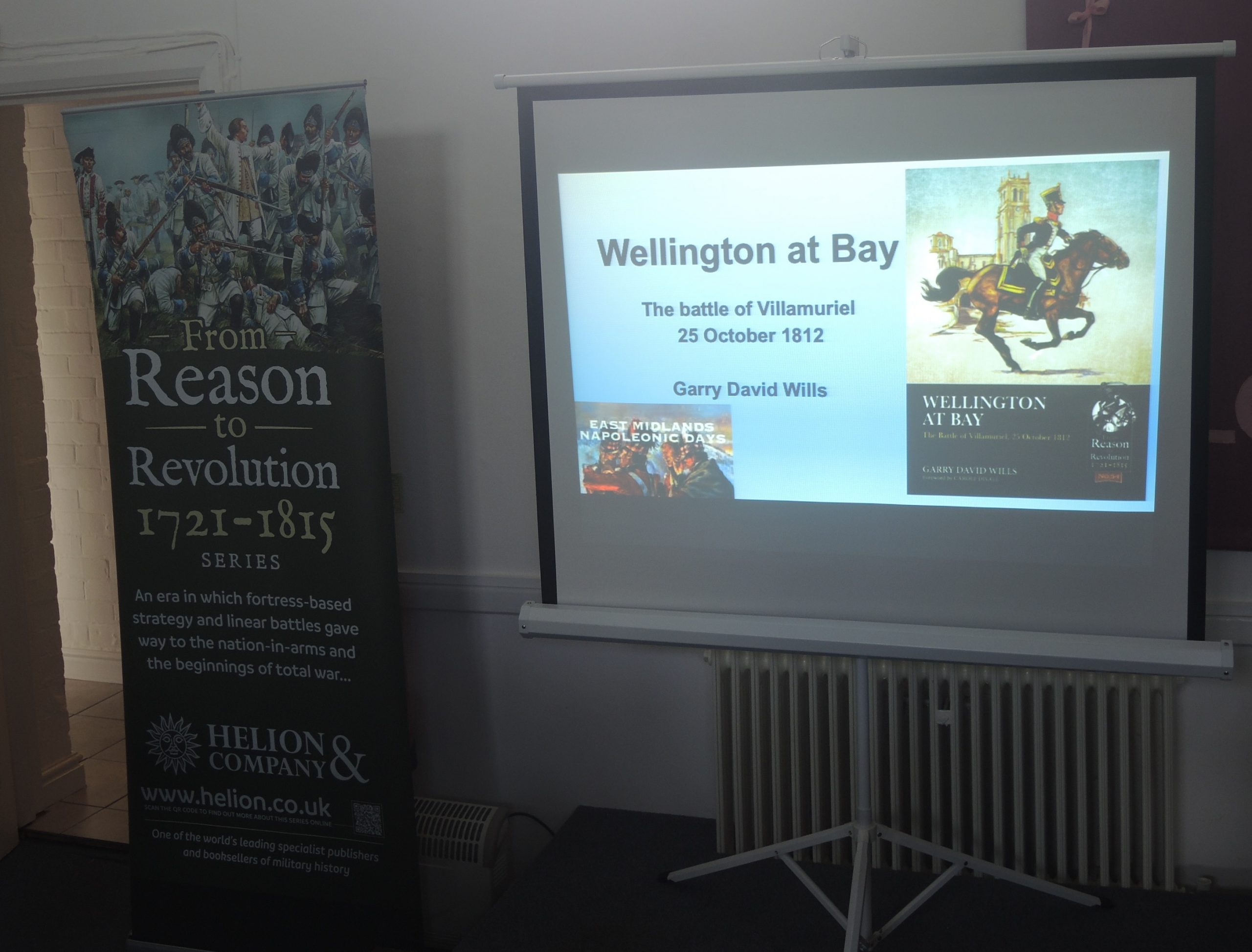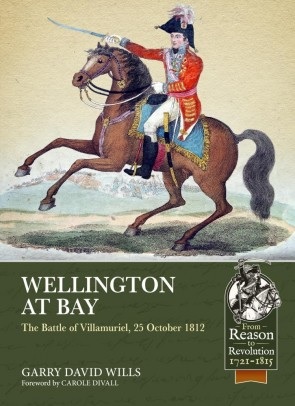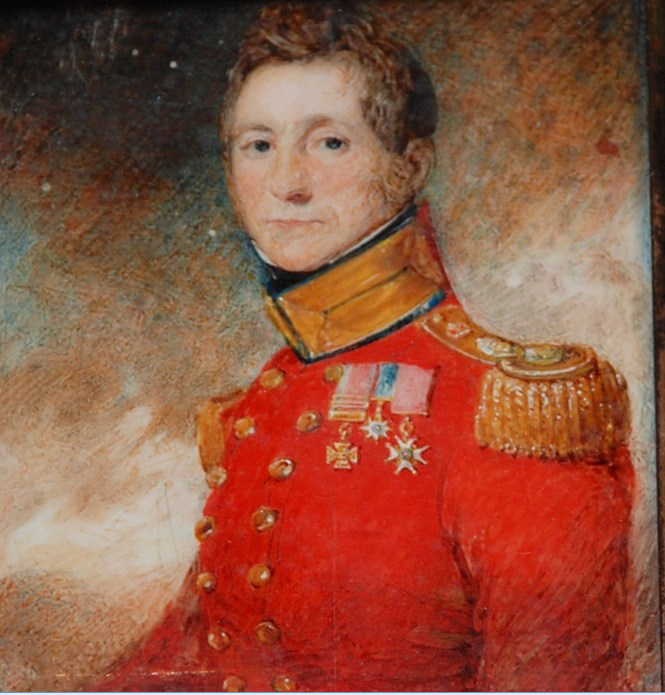This week I took this small scenario to a club meeting of the Sons of Simon de Montfort, Loughborough. Here are some photos of the game in action, together with some of the background research;
The Background
Rather than proceed with an invasion of France directly, the Duke of York chose to divert his army towards the objective of Dunkerque. Earlier in the day on the 18th, some Dutch forces had occupied the villages of Linselles* and Blaton, to the north west of Lille. In response, the French sent a large and overwhelming force, which recaptured both villages. In response to a Dutch request for help, the Duke of York dispatched the Guards brigade under Major General Gerard Lake to assist them. On his arrival Lake found that the Dutch were not able to assist in retaking the villages, but undaunted, he decided to launch an assault himself.

While future Marshal of France, Étienne Jacques Macdonald, then a chef de brigade (lt. colonel), held Blaton, General de Brigade Antoine Anne Lecourt de Béru, held Linselles. Another future Marshal, General de Division Jean Baptiste Jourdan arrived in Linselles to support Béru.


It is clear that Lake’s force comprised the 1100 men of the 1st Foot Guards, the Coldstream Guards and the Scots Guards, without their Flank battalion, but with their light 6 pdr battalion guns, commanded by Major Jesse Wright. However the size of the French force is not so clear; various sources suggest that the position was held by 12 battalions with a total strength of 5000, but this probably includes Macdonald’s command at Blaton. Wright wrote that the French were three times the size of the British, which suggests the French strength at Linselles was in the range 3,300 – 3,900. The French position was reinforced by a two redoubts and other earthworks, containing approximately 12 guns. These guns are variously described as 16 pounders (France Militaire) or a mixture of 6 pounders (in the redoubt attacked by the 1st Foot Guards) and 9 pounders (in the redoubt attacked by the Coldstream Guards) as reported captured by the Guards (History & Origins of the First Regiment of Foot Guards, p. 286).
Major Jesse Wright (1st Battalion, Royal Artillery, KIA May 1794) provided the following account of the action;
The troops sent on this service were the 3 regiments of the Guards under General Lake, and the 6 guns belonging to them, which I command. The officers with me are De Ginkle [1st Guards], De Peyster [3rd Guards] & Watson [Coldstream Guards], the whole number of us altogether did not amount to more than 1300 men, and the enemy were more than 3 times the number, strongly intrenched in and about the village of Lincelles. The action began about 6 o’clock in the afternoon and lasted until it was quite dark. The Guards gallantly stormed the intrenchments under a dreadful fire and retook the village, together with 12 pieces of cannon, with their horses, and many prisoners. They lost about 12 officers and near 200 men killed and wounded, among the former is Colonel Bosville [Coldstream Guards]. De Peyster is killed; he behaved with a great deal of bravery and spirit. He was wounded by a grapeshot that hit him in the temple and died very soon afterwards. There are about 6 artillerymen killed and wounded, and 6 horses; most of these losses took place with the two guns of the first regiment that I was with; we were situated part of the time in an orchard. De Ginkle, who was the officer with me, behaved to admiration,” ……”it was a miracle that De Ginkle and myself escaped being killed or wounded; the quantities of grapeshot that fell about us would surprise one; we had both several men killed and wounded so close to us that I cannot conceive how we escaped”….”I have got Lt Hughes to my guns in place of de Peyster”.
Scenario
For the scenario I have assumed that Jourdan and Béru led 8 battalions of infantry, supported by a battery of 8 pounders and one of 4 pounders. The French generals had difficulty in getting their men to stop pillaging the village and to face the British assault. For this reason all eight battalions were given the Wavering and Unreliable special rules and suffered -1 to their Melee, Shooting and Stamina factors. By contrast the 3 British Guards battalions were given the special rules First Fire, Reliable & Elite as well as +1 to their Melee & Stamina factors, reflecting their performance on the day.
The game starts at 6 pm and ends when darkness came at 10 pm, 16 moves in all. To win the British had to either take the redoubts or break 5 of the French battalions. The French win if they broke two of the Guards Battalions. Given that the Guards suffered almost 20% casualties on the day, we allowed Lake to rally his “Shaken” battalions, even after losing one battalion. Given that Jourdan described the defeat of the French as a “rout”, any French battalions that left the table could not be brought back on.
Finally Lake had a Staff Rating of 8 with one bonus attack, while both French generals had a Staff Rating of 7. Overall in terms of points the British had 335 and the French 348, so it was more balanced than originally expected.
The Game
The British started off by advancing in March Column for three moves;

The view of the French end of the 3ft x 2ft table;

By move 4 the Guards Brigade had closed up on the French position and a charge by the Scots Guards in the centre dispersed the French skirmishers. The Scots Guards then advanced to outflank the redoubt on the French left;

A French reserve battalion however managed to counter this move and a close combat ensued, after which both battalions where shaken and then broken. A great hole thus appeared in the British line (Move 6);

The British Guards had also suffered significant casualties and consequently retired out of medium artillery range in order to rally for a couple of turns. In game turns 10 & 11 the British Guards advanced again to assault the redoubts. At which point things started to go wrong for the French. First one of the central reserve battalions was forced off the table by the accurate fire of the Coldstream’s battalion guns, due to the break test caused by the Wavering special rule. In response, Jourdan led forward the other central reserve battalion to take on the Coldstreams but this too was quickly broken by the British fire power.

As the Coldstream Guards turned to support the attack of the 1st Guards, they presented an open flank to the remaining French battalions on the right flank. Jourdan saw his chance to end the game with a Follow Me charge from the flank, only to Blunder. The battalion involved, having seen the Coldstream Guards advance, immediately left the table to their right!
This move ended with the French having 5 battalions lost or broken and the British being declared the victors, despite not capturing either redoubt.
The scenario worked well and fitted into a club night with ease.
Related links;
The Dutch at Linselles
Battalion Guns in the Netherlands and Flanders
(*Linselles is the correct spelling; the spelling Lincelles, which features in the Guards battle honour, is blamed on the Duke of York’s campaign map on which the “s” was obscured and the Duke read it as a “c” when writing his dispatch of the 19th August 1793 – Source; A.H. Burne, The Noble Duke of York, 1949, p. 67.)


